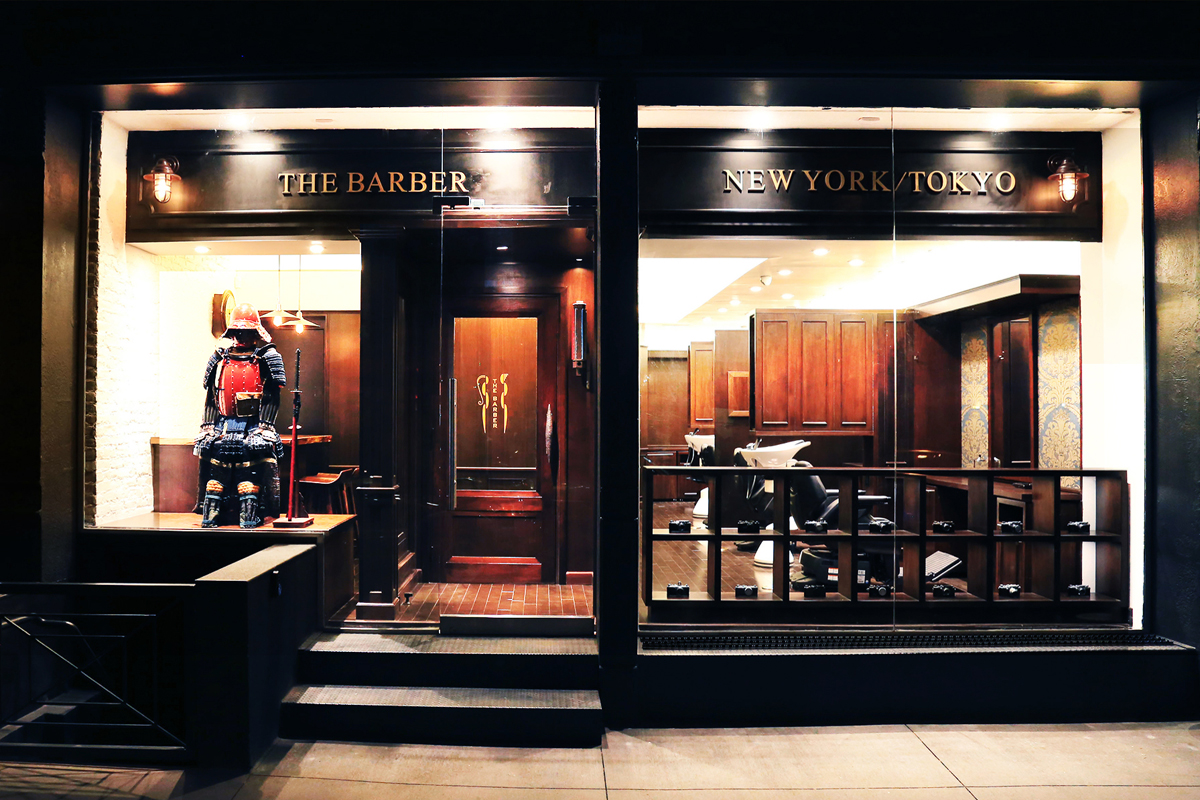When visiting a hair professional, having the ability to clearly communicate your ideal haircut is vital for achieving the intended appearance. A thorough explanation helps the stylist interpret your vision and reduces the chances of misunderstanding. To make sure that you get the haircut you want, it is important to get ready in advance and consider several key factors when articulating your style goals. These factors include hair cut, texture, design, and any specific features that you would like to add.
Firstly, consider the length of your hair. Haircuts can range from very short styles like pixies to long layers that fall below the shoulders. It is helpful to specify whether you want a trim, a significant cut, or a complete transformation. Using precise terms such as "shoulder-length" or "mid-back" can provide clarity. Additionally, discussing the possibility of bangs or layers helps the stylist visualize your request more accurately. Being clear about how much length you wish to maintain or remove will significantly influence the outcome of your haircut.
Next, hair consistency plays a crucial function in determining how a style will look. Different textures—such as sleek, wavy, ringlet-filled, or coily—respond differently to specific styles. When explaining your ideal cut, it is essential to mention your tresses’ natural structure and whether you plan to utilize any styling tools or formulations. For example, if you have dense hair, you may want to request for thinning techniques to minimize bulkiness. Alternatively, if your hair is thin, you might seek layers that add volume. This information enables the professional to tailor the cut based on how your strands behaves.

In conjunction to hair length and texture, sharing the overall look you want can offer guidance for the hair professional. There are a variety of hairstyles to select, including classic cuts like blunt cuts and modern options like angled cuts. It is beneficial to provide references of hairstyles that you like—these could be photos from magazines or social media platforms. Pointing out specific elements such as soft edges, defined outlines, or graduated layers can assist in expressing your vision more clearly. This ensures that both you and your stylist are on the same understanding regarding desired outcome.
Lastly, don't neglect to mention any distinctive features that might elevate your hairstyle. This could include factors such as face shape or individual aesthetic choices that affect the overall appearance. For instance, those with round faces might lean toward soft angles to lengthen their appearance, while individuals with angular face shapes may opt for blended layering to diminish their jawline. In addition, discussing shade preferences can also be part of this consultation; specifying if you want accent tones or a solid color can better explanation shape your ideal haircut.
To summarize, effectively communicating your desired style involves thoughtful consideration of several important factors: hair length, texture, style, and distinct traits. By preparing in ahead of time and being specific about these aspects, clients can significantly improve their go to website experience at the studio and increase the likelihood of leaving with a result they love. A productive consultation with a hair professional is built on open dialogue and mutual understanding. This team effort ensures that both guest and stylist collaborate towards achieving the desired outcome.